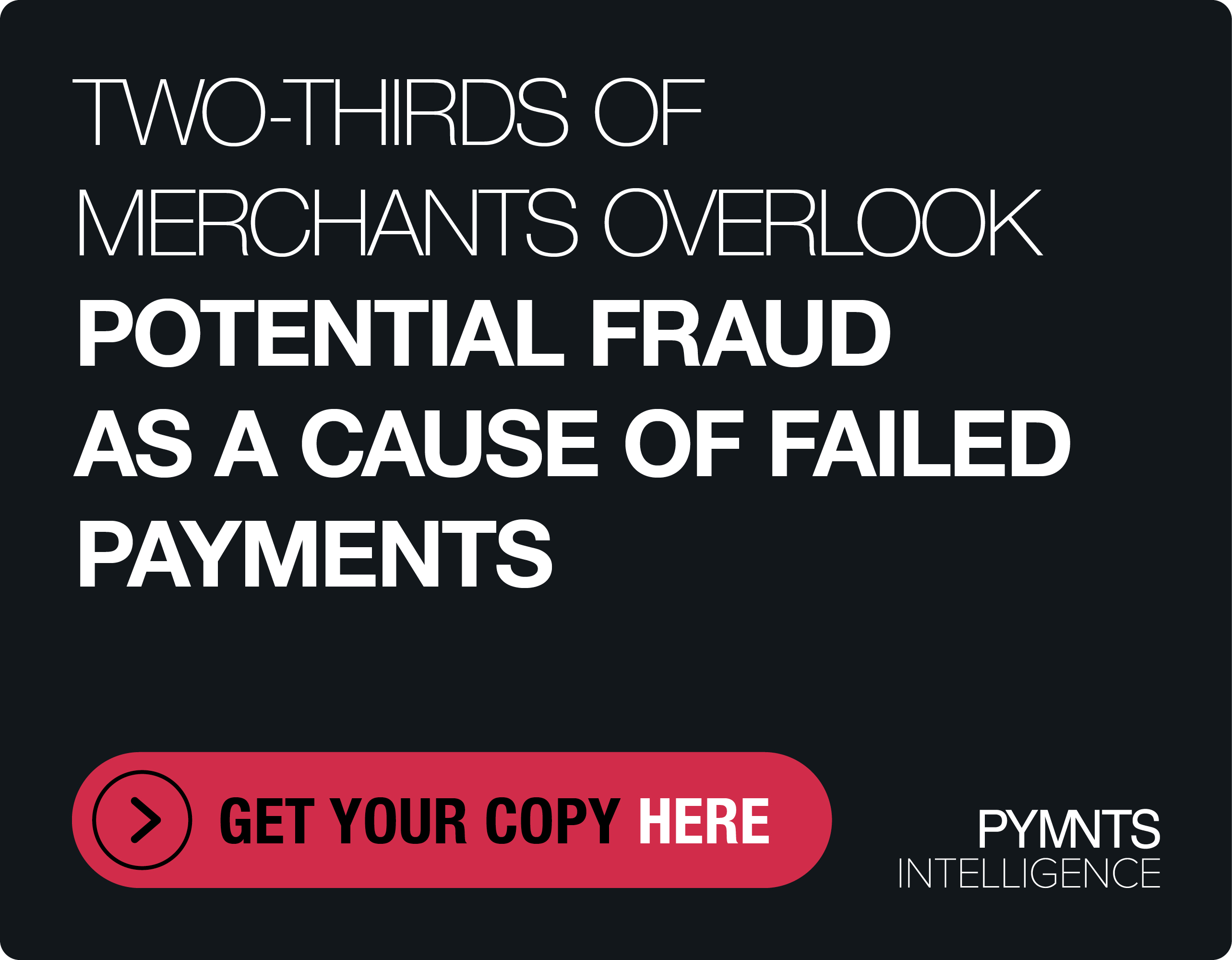Fake News Has Real Business Impact in Today’s Cyberthreat Landscape

The internet, as businesses commonly knew and used it, ended in 2022.
The rise of generative artificial intelligence (AI) has reshaped the information ecosystem that firms previously operated within, creating a wealth of new opportunities — but also opening up the door to more threats than ever before.
“Misinformation and disinformation can be a company killer,” Wasim Khaled, CEO and co-founder of intelligence platform Blackbird.AI, tells PYMNTS.
“Threat intelligence solutions and cybersecurity measures need to account for the growing impact of a new generation of audience manipulation capabilities,” he adds.
That’s because conflicting business narratives socialized at scale across the web and online media platforms can pose a near-existential, industry-agnostic risk before firms even become aware of the damage being done.
Understanding the conflicts between counter-narratives and the risks they pose is of increasing importance.
Publicly traded companies, for example, lose about $39 billion annually due to disinformation-related stock market losses, while $78 billion globally is lost each year.
This makes it critical for firms to batten down the hatches by controlling what’s controllable.
Read more: Generative AI Fabrications Are Already Spreading Misinformation
Repeated Assertions Shape Perception
While the notion of misinformation and “fake news” rose primarily within the political arena, its influence has, in the years since, slowly but steadily trickled over into the business landscape as bad actors look to exploit any vulnerability available.
The rise of social media has allowed fraudsters easier access to a wider audience. Tactics, including market manipulation schemes, are on the upswing.
“It doesn’t matter if you’re talking about brand reputation, or national security, or supply chain risk, or threat intelligence — and pretty much everything in between — there’s a notion of narrative and counter-narrative,” Khaled explains.
And the impact of today’s evolving information landscape on this dynamic has been a major point of confusion for incumbent leaders, who are used to knowing, and even controlling, what is being said about them.
In the past, decision-making relied on keyword analysis, number of mentions, and sentiment analysis, but these methods lacked the nuance and fidelity required for accurate strategic planning.
Firms increasingly live and die by AI’s impact, a reality set to only accelerate. Khaled tells PYMNTS that winning businesses must stay aware of and ahead of the inherent pitfalls of today’s rapidly evolving information landscape by tapping new tools to manage risk and accelerate growth.
Making Decisions With Veracity
In today’s rapidly evolving landscape of fake news and misinformation, the need for a comprehensive technology solution has become increasingly apparent.
Recognizing the harmful effects of misinformation and disinformation on both public and private sectors, Khaled created Blackbird back in 2017 — when “fake news” was more prevalent than corporate misinformation and business audience manipulation.
“We wanted to build technology that could quantifiably alert security teams and information analysts to much more nuanced signals than they were getting from traditional risk analysis tools and media monitoring platforms,” he says.
The years since have only proven the validity of his thesis and product market fit, with the company raising a $20 million Series B funding round just two weeks ago (June 15), as reported by PYMNTS.
The way Blackbird’s threat assessment platform works is by moving beyond keywords, sentiment scans, and page hits to look at millions of posts across multiple platforms to synthesize the dominant narratives and their composition.
See Also: OpenAI Takes Aim at ‘Hallucinations’ as More Businesses Integrate AI
“Maybe for a car manufacturer, a narrative that they might want to battle against is something like, ‘All electric cars are actually more harmful for the environment than traditional fuel sources and they run on a dirty grid,’ and we are able to look at how the narrative actually flows across the information network,” Khaled explains.
Access to this knowledge empowers firms to make quick, strategic decisions on how to move forward within business-critical contexts with “confidence and veracity.”
“How fast a narrative is spreading and where it’s moving next is an important thing to know,” he adds.
Continuing the car metaphor, when asked about the regulation of AI and its impact on today’s innovation ecosystem, Khaled explains that AI firms should think about any regulation as playing a similar function that “brakes and airbags” do to cars.
“What it really enables cars to do, and for people to do, is to drive those cars even faster and even safer – it allows you to move faster with the right guardrails,” he says.
Still, until regulation does appear, “Pandora’s box has been opened. AI is really powerful, and computational propaganda driven by AI is going to be through the roof. The tail wags the dog now: Things happen online first, and then trickle down to real life.”
As both AI and the realities of tomorrow’s operational landscape continue to evolve, it is crucial for firms to ensure that they are proactively protected against the threats and crises change brings — as well as strategically positioned to capture the growth transformations they create.
“With all the doom and gloom of these topics – it’s important to remember we don’t live in a post-truth world. Truth still exists, and it still matters,” Khaled says.

